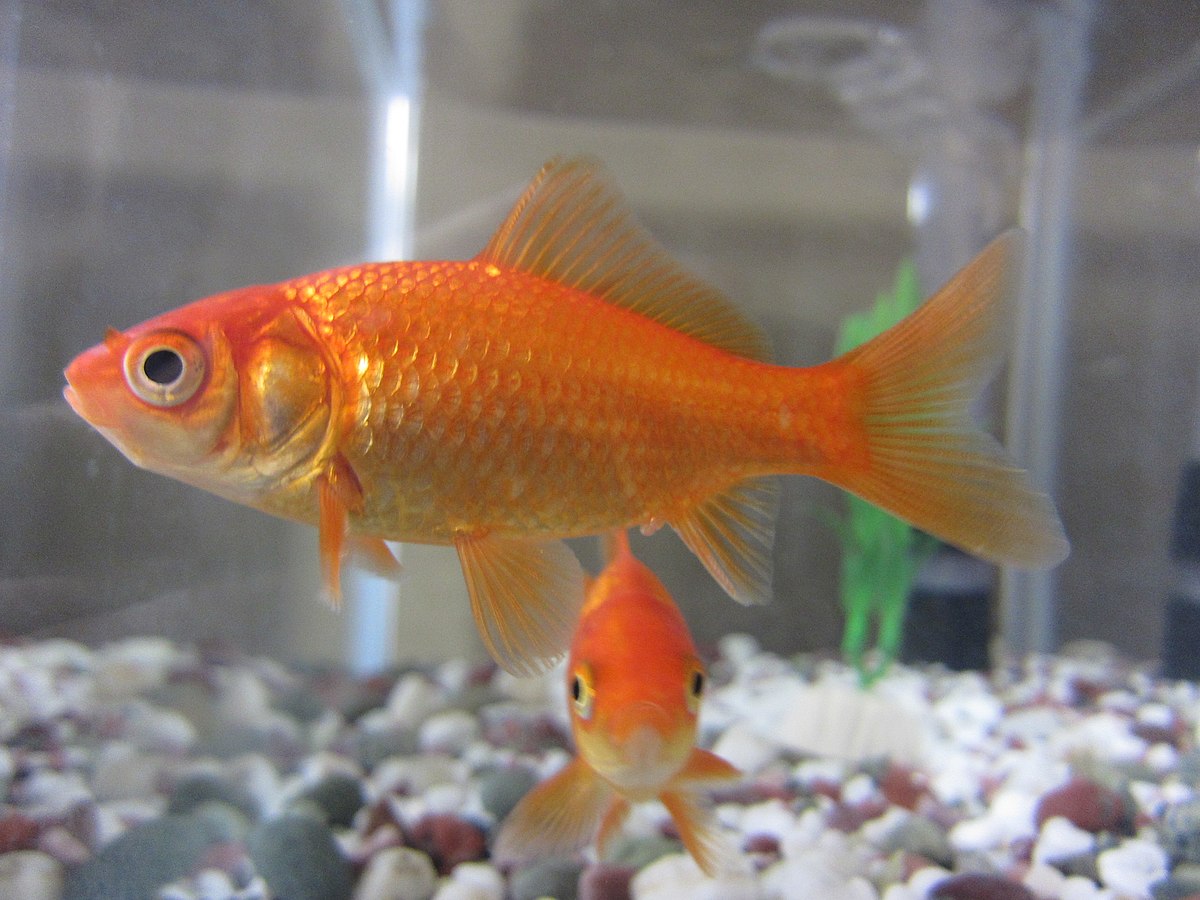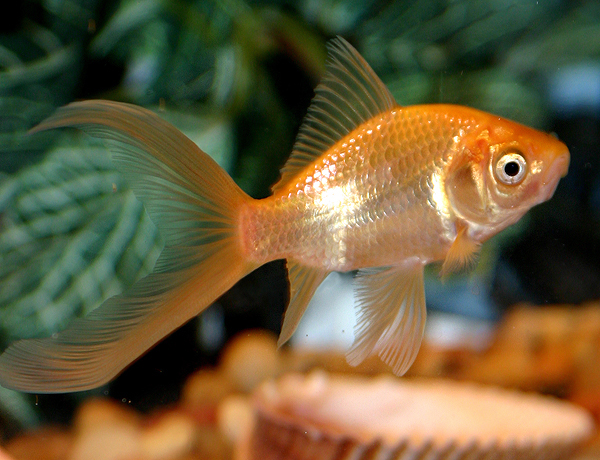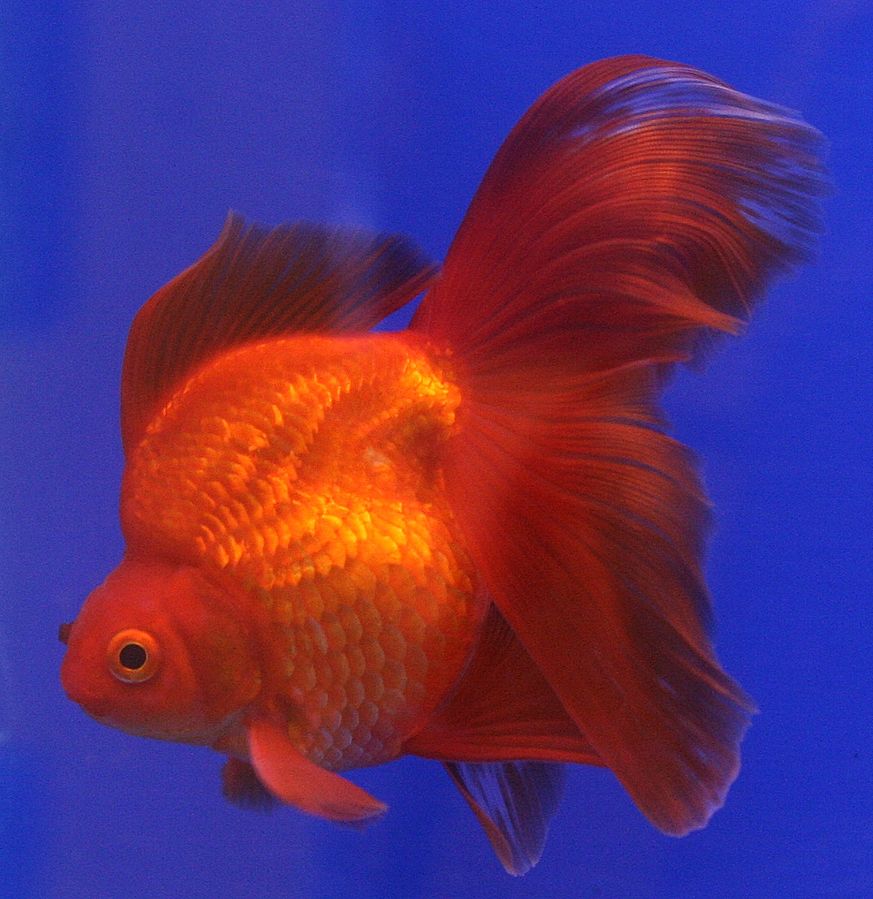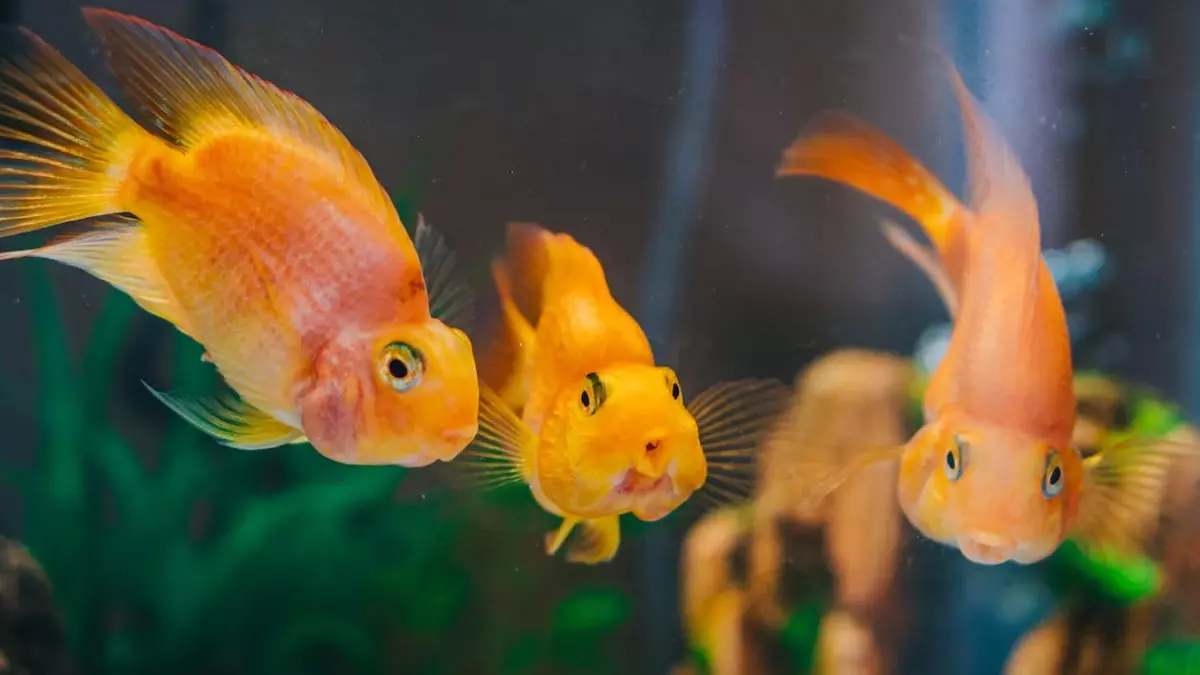You might think of a goldfish as a simple creature. This common pet swims its life away in globes and tanks, delighting children and adults alike. However, they are far more interesting than you might think. This post will debunk some misconceptions, and enlighten you with absorbing goldfish facts.
A Glance at Goldfish Intelligence

It’s widely believed that goldfish only remember their last few seconds of existence. Imagine forgetting your journey around the fishbowl every time you blink! However, that’s not quite accurate. Recent experiments have shown that goldfish have excellent memory power! They can even solve puzzles and remember the solutions. Thus, instead of constantly making your pet go around in circles, provide them with a stimulating habitat. A little understated diversity, like plants or tiny tunnels, wouldn’t go amiss.
Behavioral Insights

Another intriguing goldfish fact is their sociability. While they can survive alone, these creatures relish the company of their kind. Hence, if you have enough space and resources, consider getting another goldfish. Just remember, overcrowding can be harmful.
Why Do Goldfish Change Colors?
One fun goldfish fact involves their color changes. No, they’re not related to chameleons, but they do lose their golden hue under certain conditions. For example, a goldfish can change color when exposed to light after an extended period in darkness. Knowing this can help in their care and maintenance.
Tracing Back their Ancestry

The goldfish comes from the family of carps, a common freshwater fish. As a result of selective breeding across centuries, especially in China and Japan, goldfish have evolved significantly from their ancestors. Modern goldfish features an astonishing variety of shapes, sizes, and colors.
Adapting to the Environment

You must remember that goldfish are accustomed to freshwater, and some breeds prefer colder temperatures. It’s vital to monitor the environment they live in closely. Understand the goldfish facts related to their natural habitat and adaptability to ensure they thrive. Here are some pointers:
- Their metabolism slows when temperatures drop. They can even survive when ponds freeze in winter, provided the water has sufficient oxygen.
- They can’t survive in a tank with tropical fish. Warm water can decrease oxygen levels, proving fatal for goldfish.
Finally, let’s touch on a crucial point for potential goldfish owners. These pets are generally easy to care for and inexpensive to purchase. However, their ease of maintenance can vary with the breed. It’s sage advice to research your preferred breed thoroughly. The Comet, for example, is very hardy and makes an ideal starter pet.
Related Resources:
- Goldfish Behavior
- Female Betta
- How to Care for a Red-Bellied Piranha
- Clarkii Clownfish
- Breeding Goldfish
- Comet Goldfish